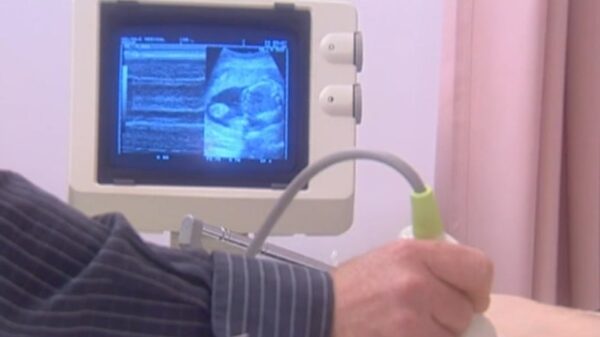Researchers at Baylor College of Medicine have demonstrated the benefits of ultra-deep RNA sequencing for diagnosing Mendelian disorders. A study published in the American Journal of Human Genetics reveals that this advanced technology significantly improves the detection of low-abundance transcripts and rare gene splicing events, which are crucial for interpreting gene variants of uncertain significance.
Traditional RNA sequencing protocols typically employ moderate sequencing depths, ranging from 50 million to 150 million reads. However, these depths can fail to identify critical low-expression genes, particularly in clinical settings where samples from blood and skin are commonly used. To address this limitation, the research team explored ultra-high depth RNA sequencing, achieving depths of up to 1 billion reads.
According to Dr. Pengfei Liu, director of the Medical Genetics Multiomics Laboratory (MGML) at Baylor, the use of the Ultima Genomics ultra-high depth RNA-seq platform markedly enhances the detection of lowly expressed genes. “With ultra-deep sequencing, we can evaluate many more low-expression genes that would be missed when sequenced at traditional sequencing depths,” Liu stated.
The significance of this research lies in its potential to improve the clinical diagnostic process. Genes associated with developmental and neurological disorders may not be prominently expressed in blood or skin cells. Liu emphasized that sequencing blood samples to extremely high depths enables the capture of genes traditionally considered tissue-specific, thus broadening the scope of genetic analysis.
The data collected in this study will serve as a foundation for future RNA sequencing research. The team has developed an online resource to estimate the required sequencing depth for achieving a genetic diagnosis. This tool is particularly useful for predicting pathogenic abnormal gene splicing based on deeply sequenced data from healthy individuals.
As the next step, researchers plan to conduct clinical validation of ultra-deep RNA sequencing and aim to establish a clinical test grounded in their findings. “In the MGML, we are leaders in translating new genomic technologies into real-world clinical practice,” said Liu. “We continue to evaluate new technology that can help improve diagnostic rates for our patients.”
The study featured contributions from various authors affiliated with Baylor College of Medicine, Ultima Genomics, and Baylor Genetics. It was conducted in collaboration with the Undiagnosed Diseases Network and received support from the National Institute of Neurological Disorders and Stroke and the National Human Genome Research Institute. This research highlights the ongoing advancements in genomic technology and its potential to transform the landscape of genetic diagnostics.


































































